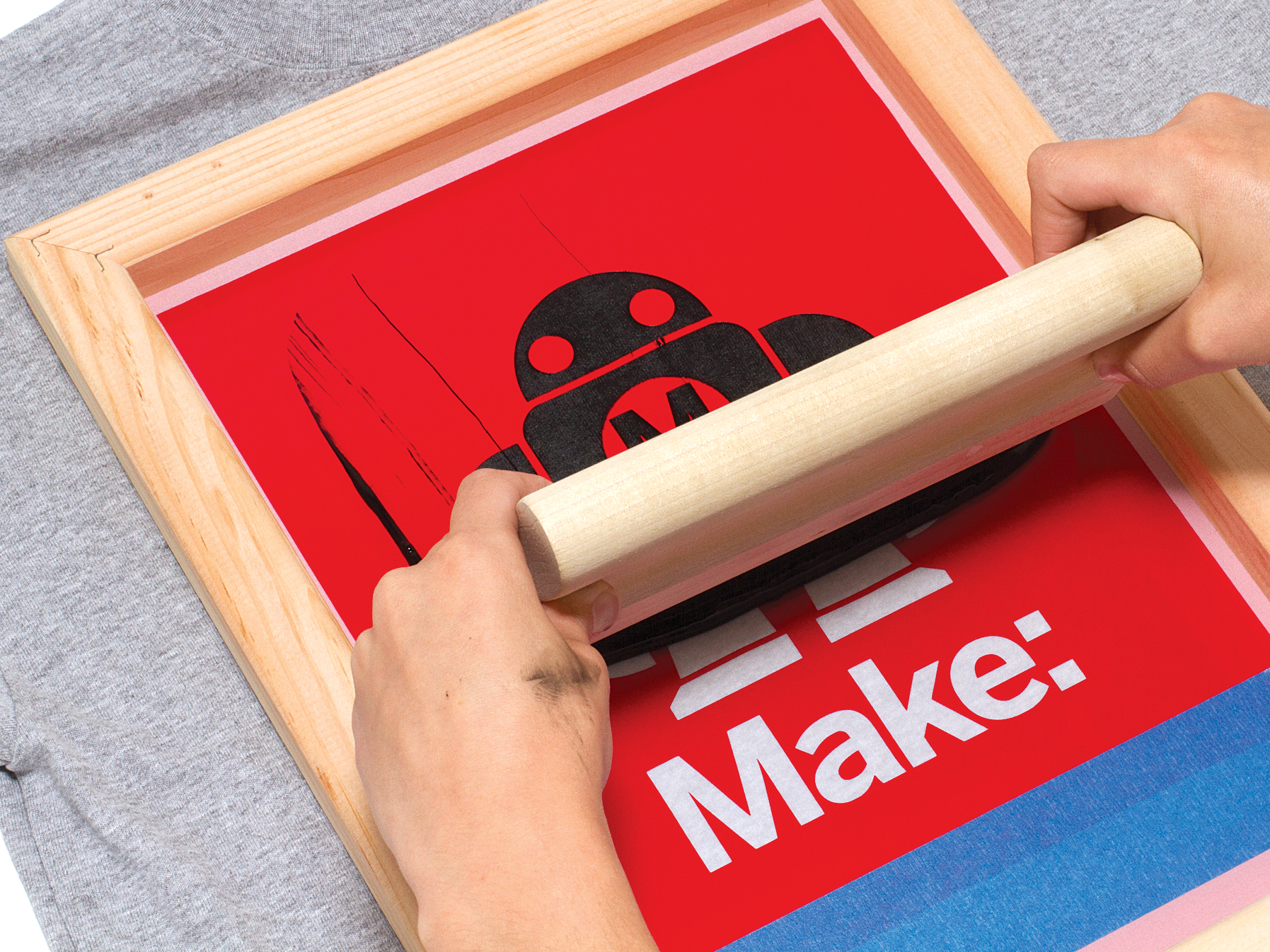ChatGPT said: Everything you need to know about 10:9 Design LLC Company and their screen printing services
The Essential Overview to Understanding Screen Printing and Its Versatile Makes use of
Screen printing has a rich background that dates back to ancient times, advancing right into a sophisticated strategy utilized across various markets today. This guide discovers the ins and outs of the screen printing process, outlining its applications in home, advertising and marketing, and style décor - 10:9 Design Screen Printing. Understanding these basics can open creative capacity for both business and artistic jobs. The following sections will disclose essential ideas and techniques to improve one's screen printing undertakings
The Background of Screen Printing
Although screen printing has roots that trace back centuries, its development shows the artistic and technological improvements of numerous societies. Coming from ancient China, the technique was initially used for decorating fabrics and later infect Japan, where it came to be integral to Ukiyo-e woodblock printing. The method shifted to Europe in the 18th century, where it gained appeal amongst artisans and industrial printers. The innovation of picture emulsion in the 20th century transformed screen printing, permitting more elaborate designs and better performance. Musicians like Andy Warhol even more propelled its appeal, utilizing the medium to create legendary jobs that blended commercialism and art. By the late 20th century, screen printing had actually developed itself as a flexible method, employed in vogue, advertising, and art. Today, it remains to develop, integrating electronic innovation and broadening its applications across various sectors.
The Screen Printing Refine Explained
Screen printing transforms imaginative visions right into concrete styles through a collection of accurate steps. Originally, a picture is created and afterwards moved onto a screen, normally made from great mesh material stretched over a framework. A light-sensitive solution is related to the screen, which is exposed to light, solidifying in areas not covered by the picture. After rinsing the unhardened solution, a stencil is created.
Next, the screen is positioned over the substrate, whether it be textile, paper, or one more product. Ink is then pressed with the open locations of the stencil utilizing a squeegee, depositing the style onto the substratum below. This procedure can be repeated for numerous colors, needing different screens for every shade. Ultimately, the printed product is healed using warm to assure the ink adheres properly, leading to a sturdy, dynamic style all set for use.
Kinds of Screen Printing Techniques

Additionally, specialized techniques, such as discharge screen printing, eliminate dye from the material to create softer prints, while aluminum foil screen printing applies metal foil to accomplish a glossy finish (10:9 Design contact). Each method offers unique attributes, satisfying numerous creative requirements and manufacturing scales, ultimately broadening the possibilities within the screen printing domain
Applications of Screen Printing in Various Industries

Furthermore, the signs and marketing fields utilize screen printing for producing eye-catching screens and banners. This approach enables strong shades and elaborate styles YOURURL.com that record attention. In electronics, screen printing is utilized for using conductive inks to motherboard, crucial for component connections. The home style sector embraces screen printing to produce distinctive designs on textiles and wall art. Generally, screen printing functions as a critical tool across diverse fields, improving products with customized and visually appealing graphics.
Tips for Successful Screen Printing Projects
While carrying out a screen printing project, careful attention to detail can significantly improve the final result. First, selecting top quality materials is vital; this consists of the screen, inks, and substrates. Making use of ideal mesh matters can impact ink deposition and detail resolution. Preparation is just as vital; detailed cleansing of screens and proper exposure times assure crisp prints.
Next off, precise registration is essential for multi-color prints. Making use of positioning tools can help achieve specific layering. Furthermore, testing prints on scrap products prior to production aids determine potential issues without throwing away resources.

Often Asked Concerns
What Materials Are Finest for Screen Printing on Material?
Cotton and polyester blends are optimal for screen printing on material because of their sturdiness and ink absorption. Additionally, specialized materials like silk or canvas can create distinct textures and finishes, boosting the total style high quality.
Exactly how Do I Tidy and Maintain Screen Printing Devices?
To cleanse and maintain screen printing tools, one should on a regular basis wash screens with proper solvents, evaluate squeegees for wear, lube relocating parts, and store all products in a completely dry, dust-free atmosphere to prolong their lifespan.
What Are the Environmental Influences of Screen Printing?
Screen printing can have considerable environmental impacts, consisting of chemical waste from solvents and inks, water use throughout cleaning processes, and power go to these guys usage. Environmentally friendly products and sustainable practices are important for minimizing these adverse impacts.
Can Screen Printing Be Done at Home Successfully?
Screen printing can be efficiently done at home with the use this link right materials and strategies. Hobbyists can create top quality prints, though success depends on their ability level, devices, and understanding of the procedure included.
What Are the Prices Associated With Beginning a Screen Printing Organization?

Starting a screen printing organization involves costs for devices, products, and work space. Preliminary costs typically range from a few hundred to a number of thousand bucks, relying on the range, quality of equipment, and preferred manufacturing ability.
Screen printing has an abundant background that dates back to old times, evolving into an advanced method utilized throughout numerous sectors today. An additional strategy, rotating screen printing, uses round displays, facilitating continuous printing on fabric rolls, consequently enhancing performance for massive manufacturings. Additionally, specialty methods, such as discharge screen printing, eliminate dye from the fabric to produce softer prints, while foil screen printing applies metallic foil to attain a glossy coating. In the style market, screen printing is commonly utilized to create vibrant styles on apparel, enabling brands to display their one-of-a-kind designs. Cotton and polyester blends are suitable for screen printing on material due to their sturdiness and ink absorption.